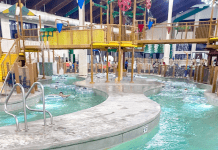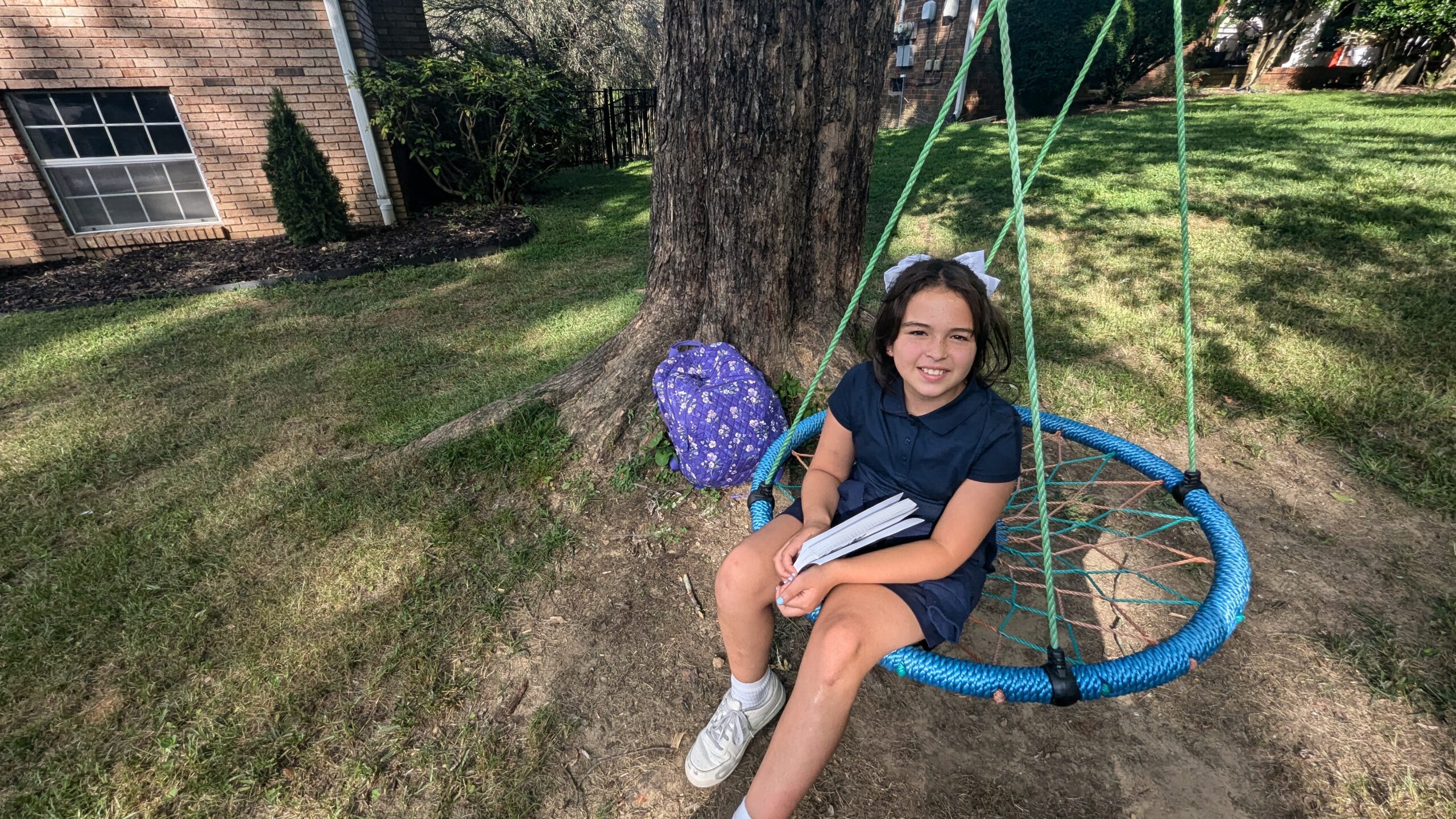 As the mom of a rambunctious seven-year-old boy and a previously homeschooled 10-year-old ADHD girl, who was recently diagnosed on the spectrum, I’ve become something of an expert in creating effective study spaces that work well for neurotypical and neurodivergent kids.
As the mom of a rambunctious seven-year-old boy and a previously homeschooled 10-year-old ADHD girl, who was recently diagnosed on the spectrum, I’ve become something of an expert in creating effective study spaces that work well for neurotypical and neurodivergent kids.
Our life isn’t set up for long days of studying at home, so I’ve also had to create places on the go as well. Here are some of the things I’ve implemented:
Study area essentials
Typically, the key to a great home study area is finding the right spot. For my daughter, the key was finding the right spots. Heavy on the plural. Quiet corners with minimal distractions and good lighting worked well. During the winter, I really try to put my kids in front of a window to get as much sun as possible. Sometimes, the isolation of those quiet corners is too much for them and we improvise to the coffee table or counter. My kids are a lot like me and like to be around others even when working.

When it comes to furniture, invest in flexible seating. We have a few desks around the house, and one even adjusts to stand, but we have tons of different seating options including an ergonomic yoga chair, a ball, different office chairs and of course, the walking pad to go under the standing desk (although this does take some getting used to with walking while writing or typing).
We’ve also used noise-canceling headphones to block out distracting sounds, sometimes even playing light ASMR as well. A weighted lap pad or blanket are also good tools to use if the wiggles are taking over.
Gamifying
We’ve found gamifying the work, especially extra work assigned by us and not the teacher, helps my kids stay motivated. Some platforms allow kids to earn fake money to buy skins and other things. You can also make your own game at home by offering game-based incentives that is dependent on performance.
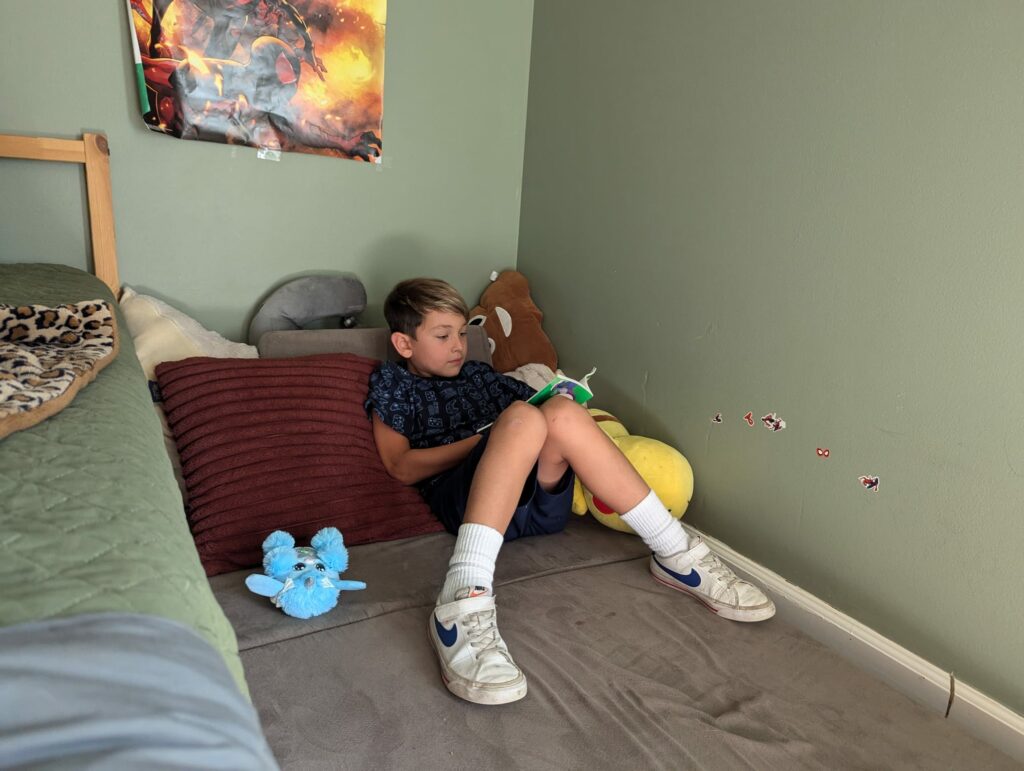
On-the-go studying
We seem to always be on the move, so we’ve had to get creative when it comes to studying. In the car, a backseat organizer holds reading books, work books, and other fidgets. For long trips, the kids may take a lap desk. Every morning, we have about a half hour drive to school and that’s been the perfect time for my daughter to get her reading in.
For digital learning during long trips, we download educational apps. It’s a great way to sneak in some learning during travel time and the apps tend to be gamified which keeps their attention.
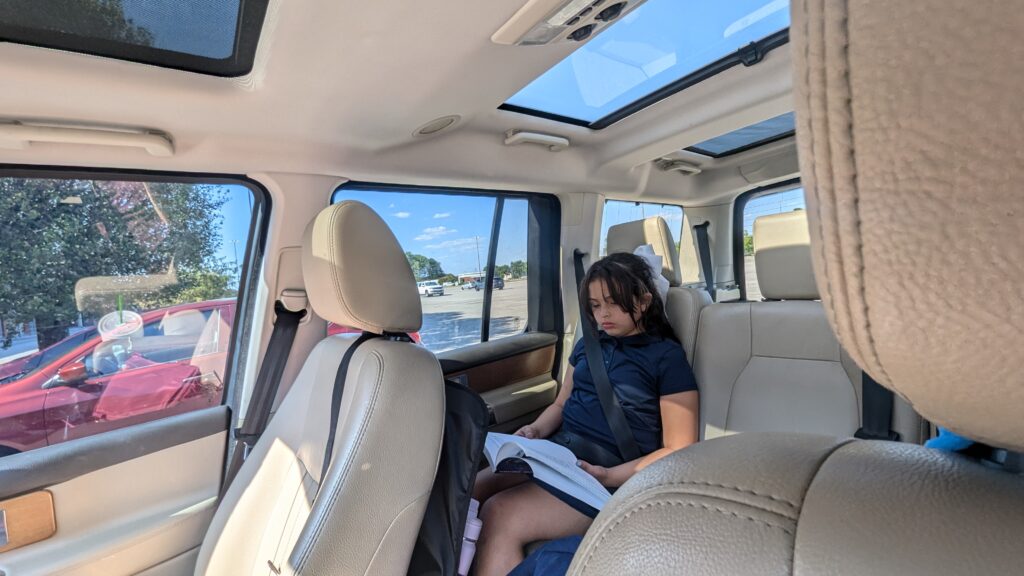
Set the expectation
Consistent routines have been key for us and neurodivergent kids thrive on knowing what’s next. I wouldn’t say we have a strict schedule, but reading, studying, and working on concepts that are hard for us is normalized in the home. The kids have seen me studying for grad school and they see us reading and packing our own learning material. It’s just integrated in our life and it seems to lessen the blowback when asking them to study.
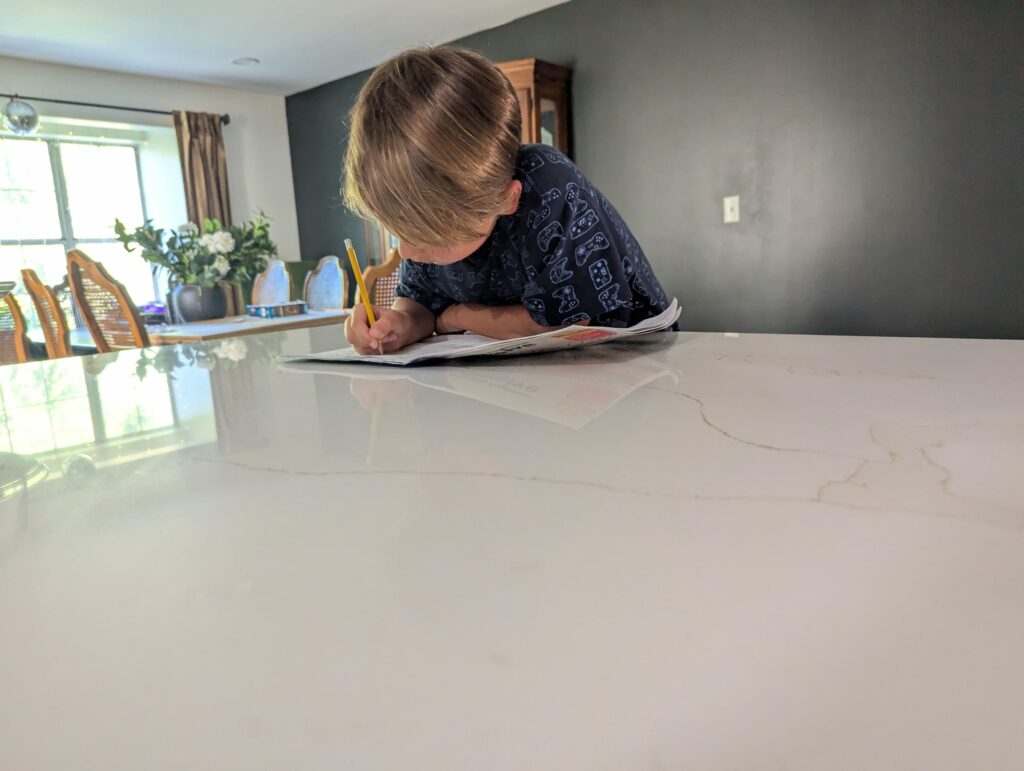
Adapting for different learning styles
Every child learns differently, so it’s important to adapt the study spaces. My visual learner son loves using counting blocks or board games to help with learning. My more auditory-oriented daughter listens to a Youtube video or asks us to explain the concept again. And don’t underestimate how effective an audiobook and a walk can be for neurodivergent kids.
The biggest thing to remember is that creating the perfect study space is a process of trial and error. What works for one child might not work for another, and what works one day might need tweaking the next. The key is to stay flexible, patient, and open to your child’s needs.















